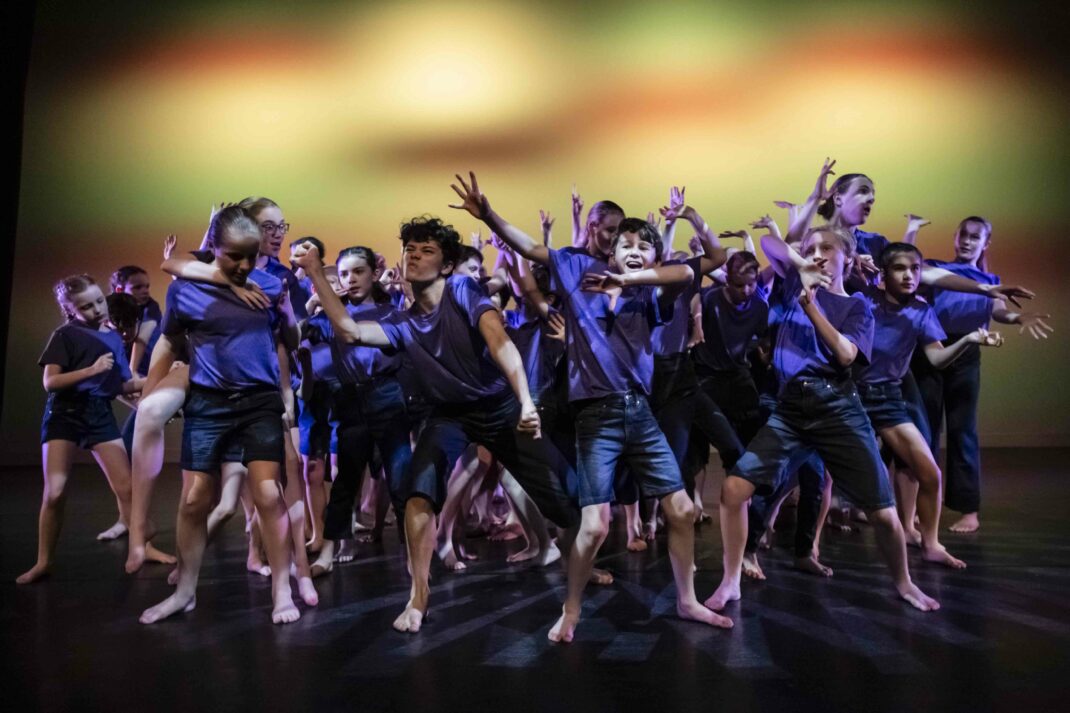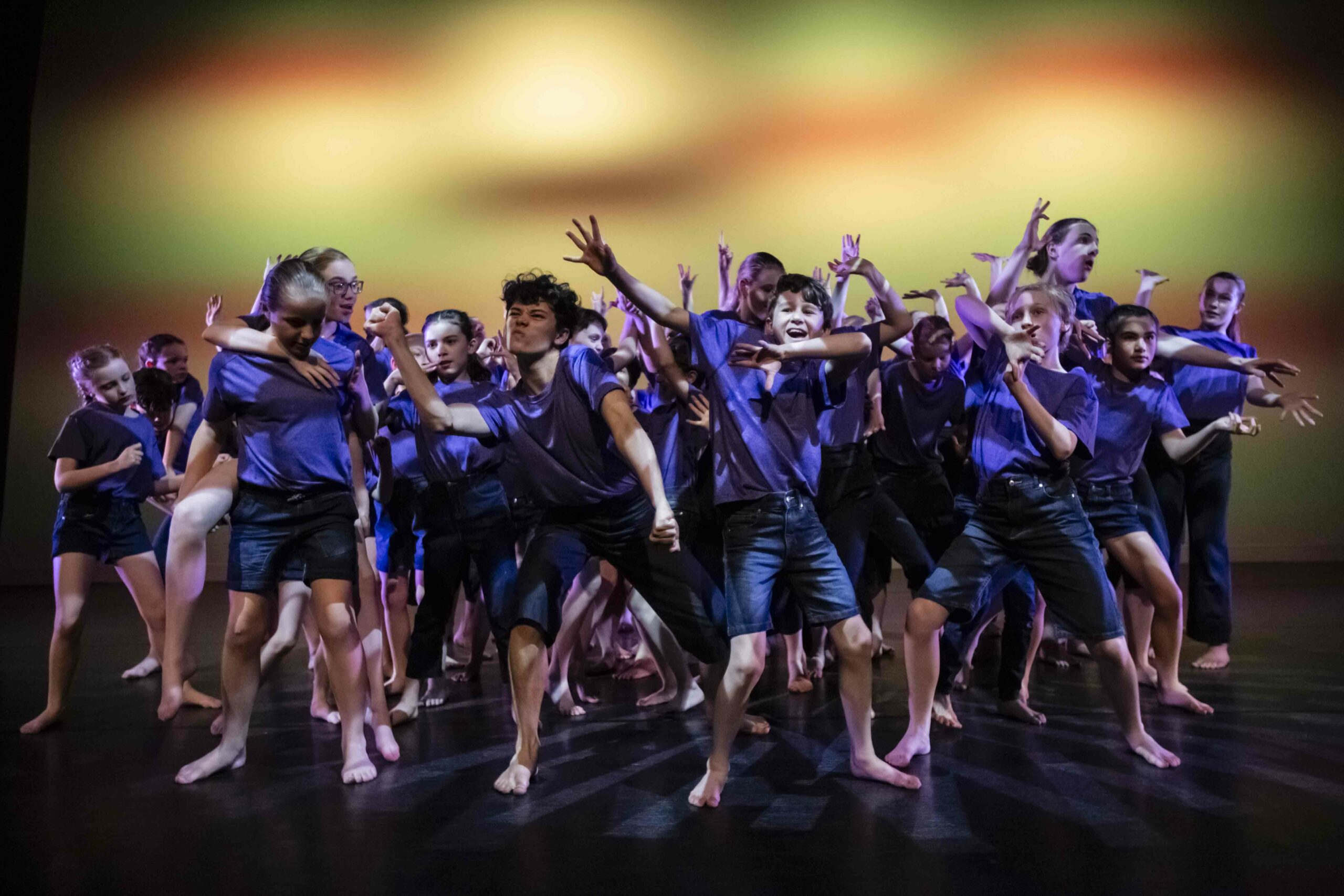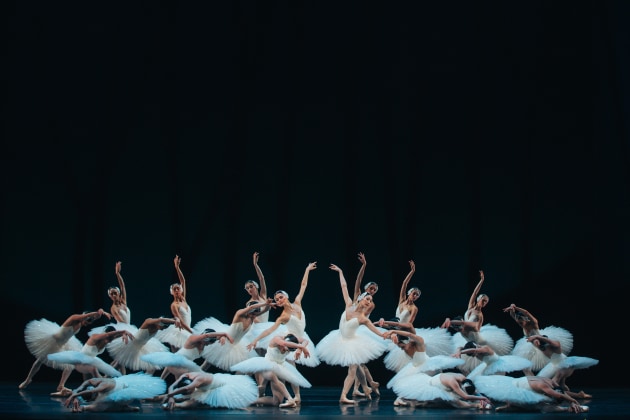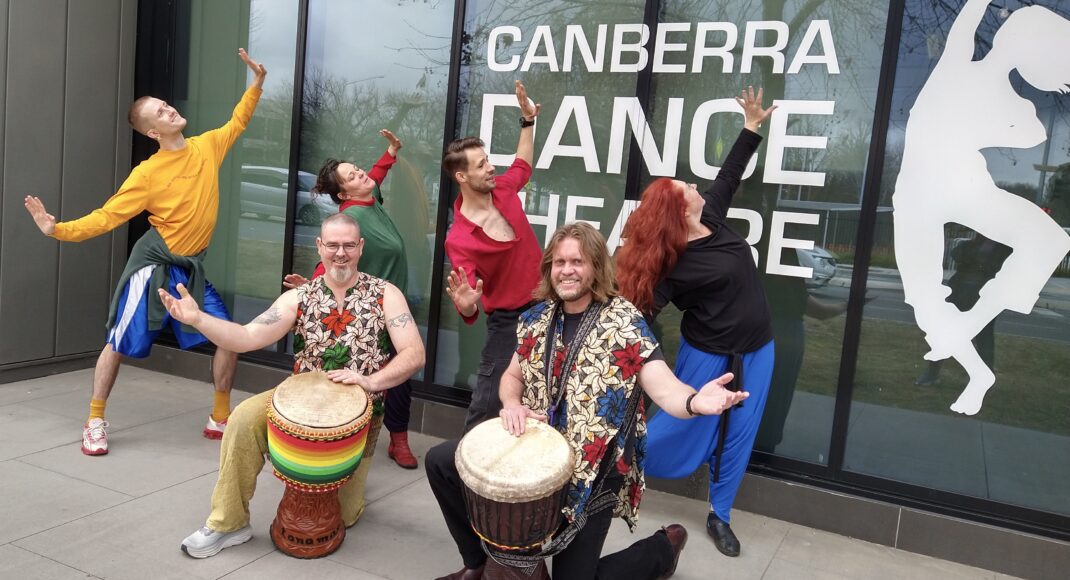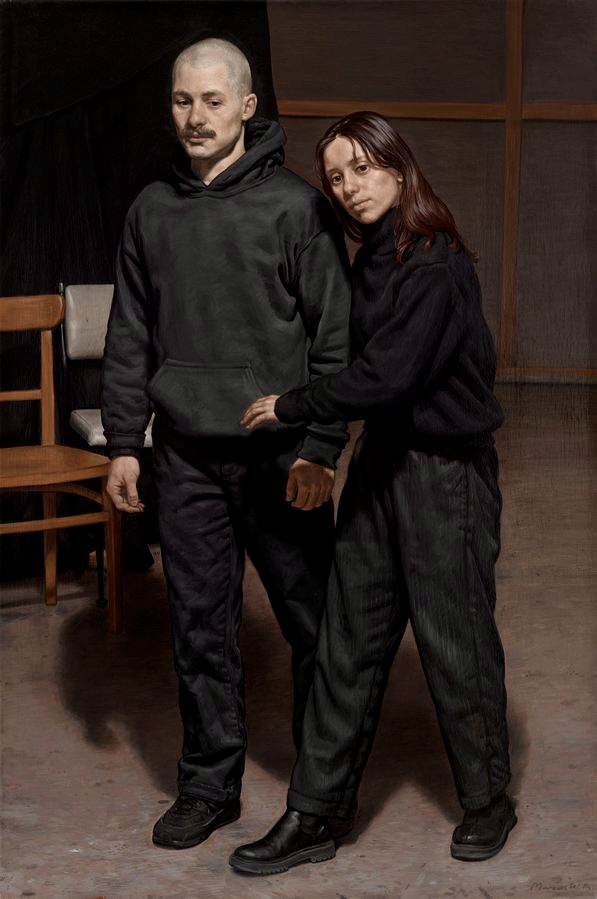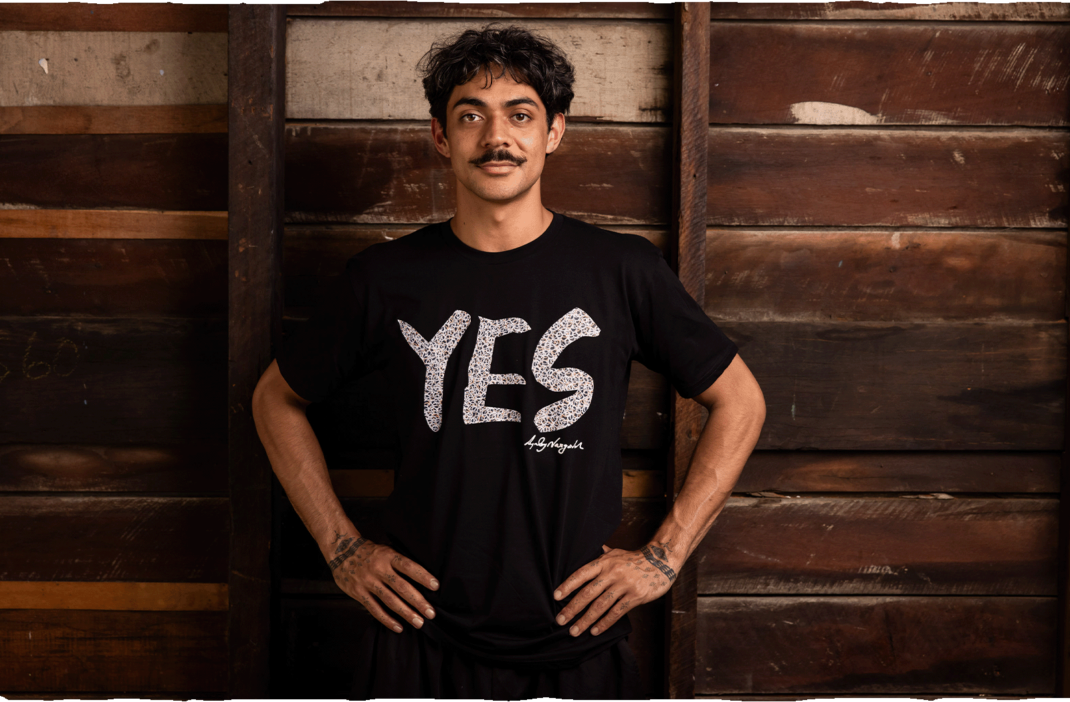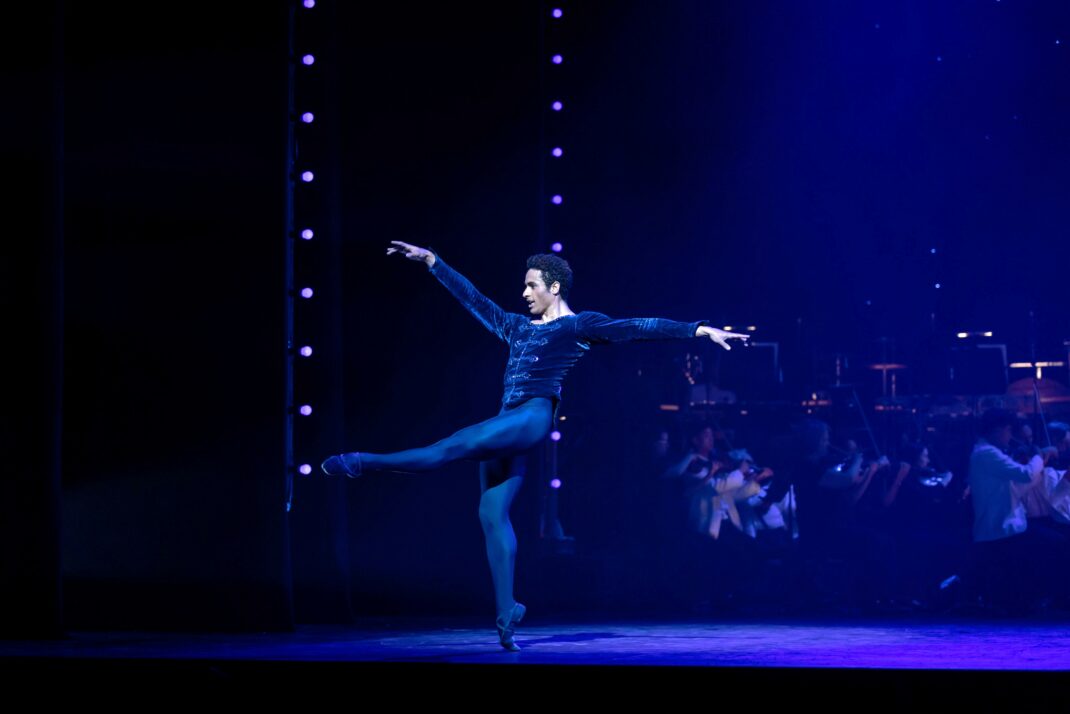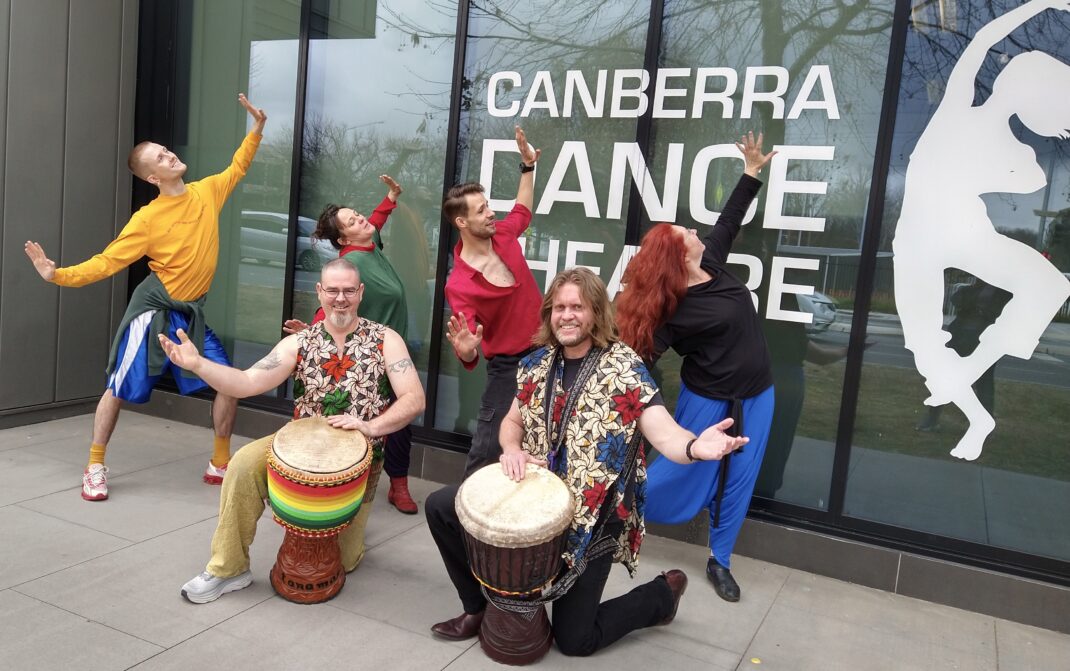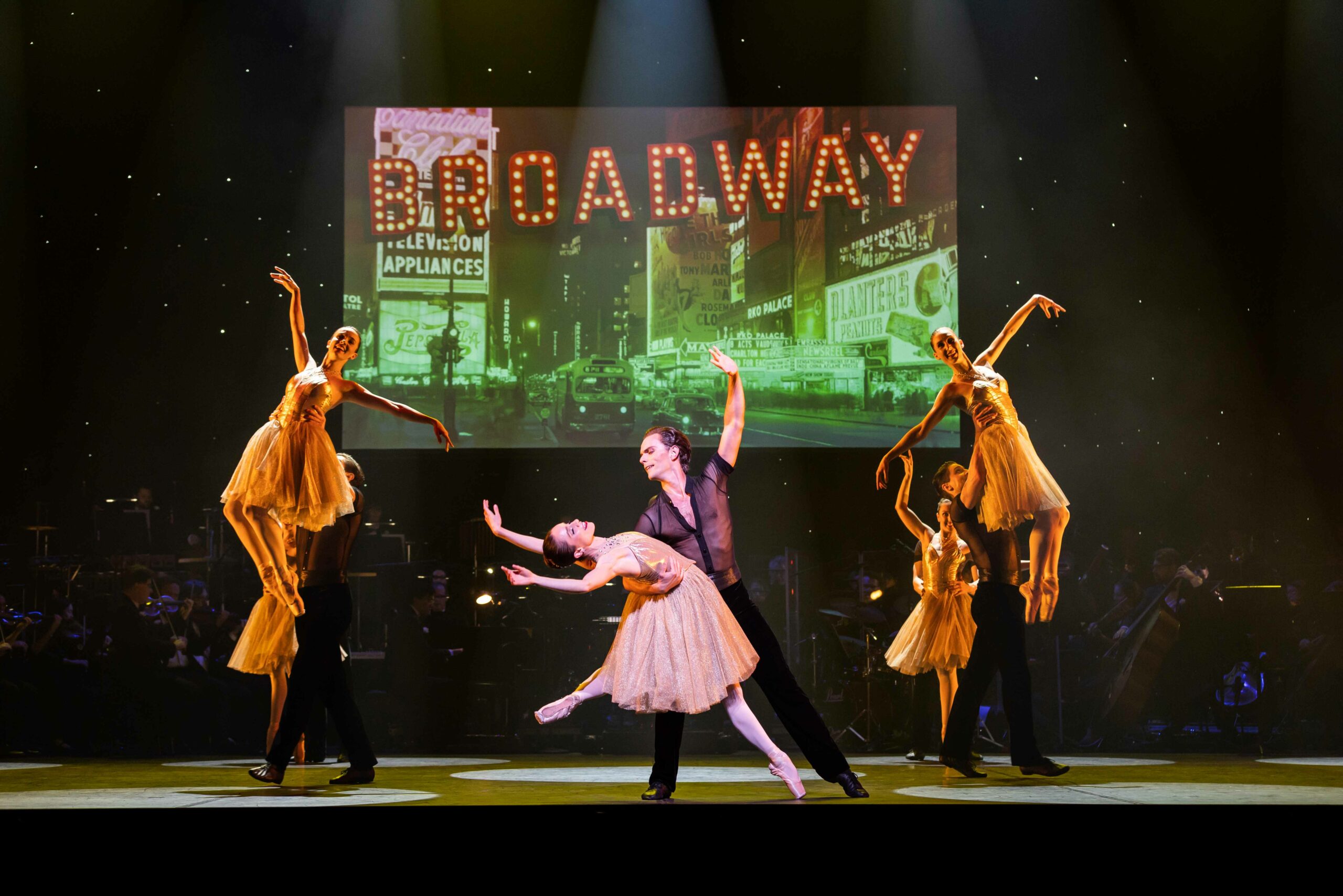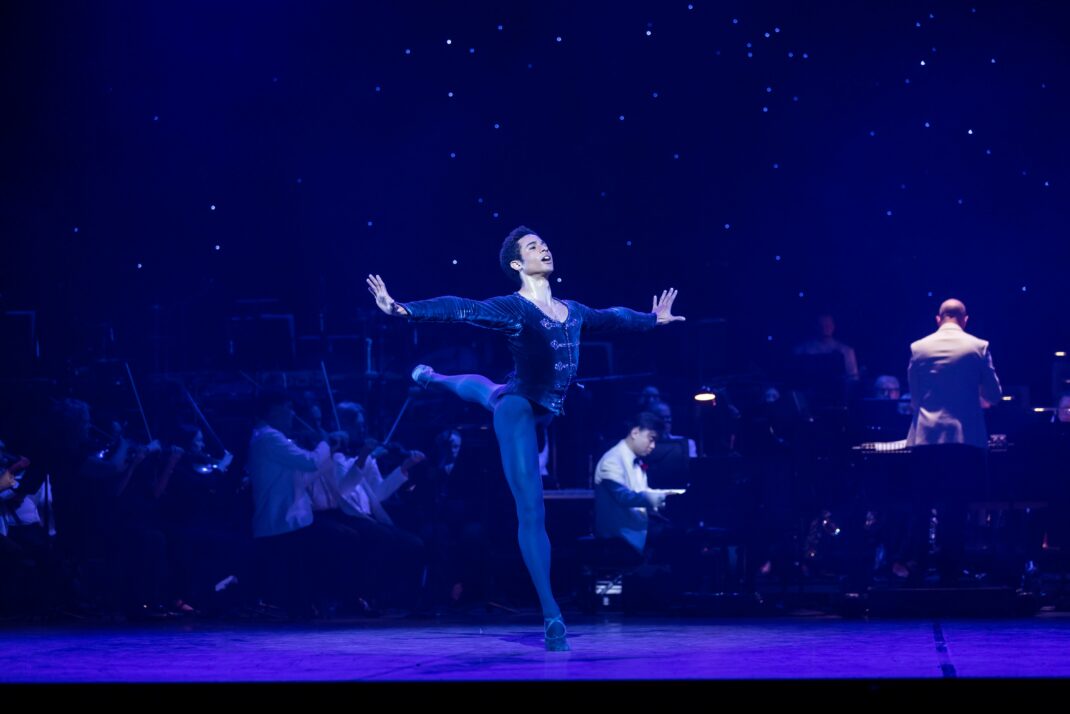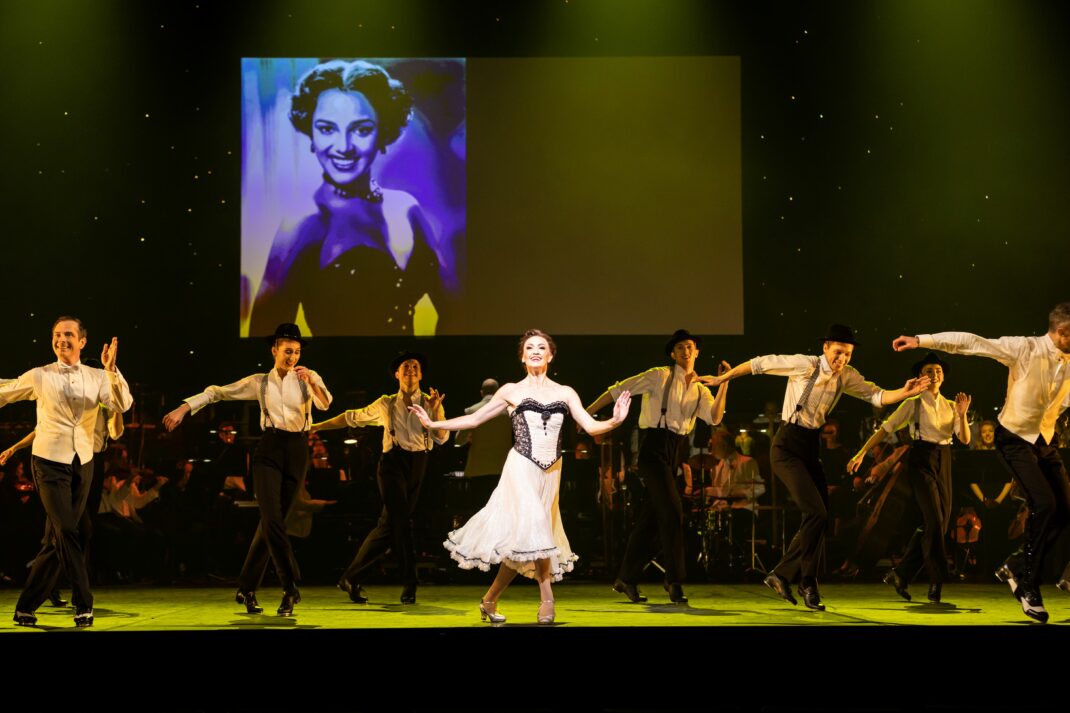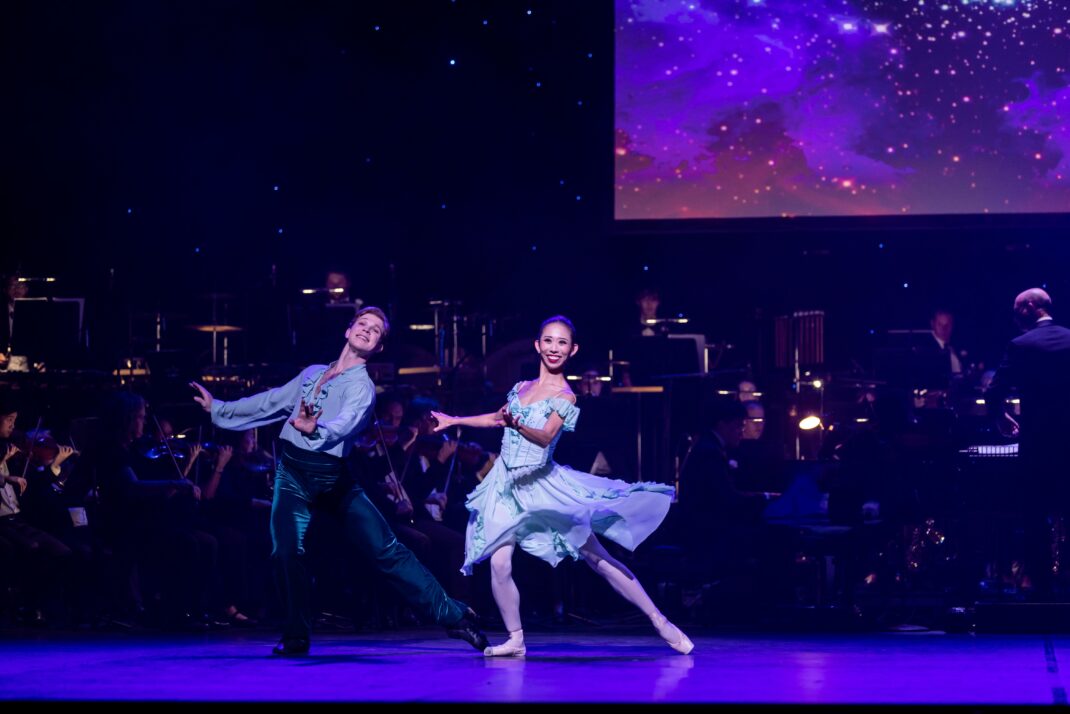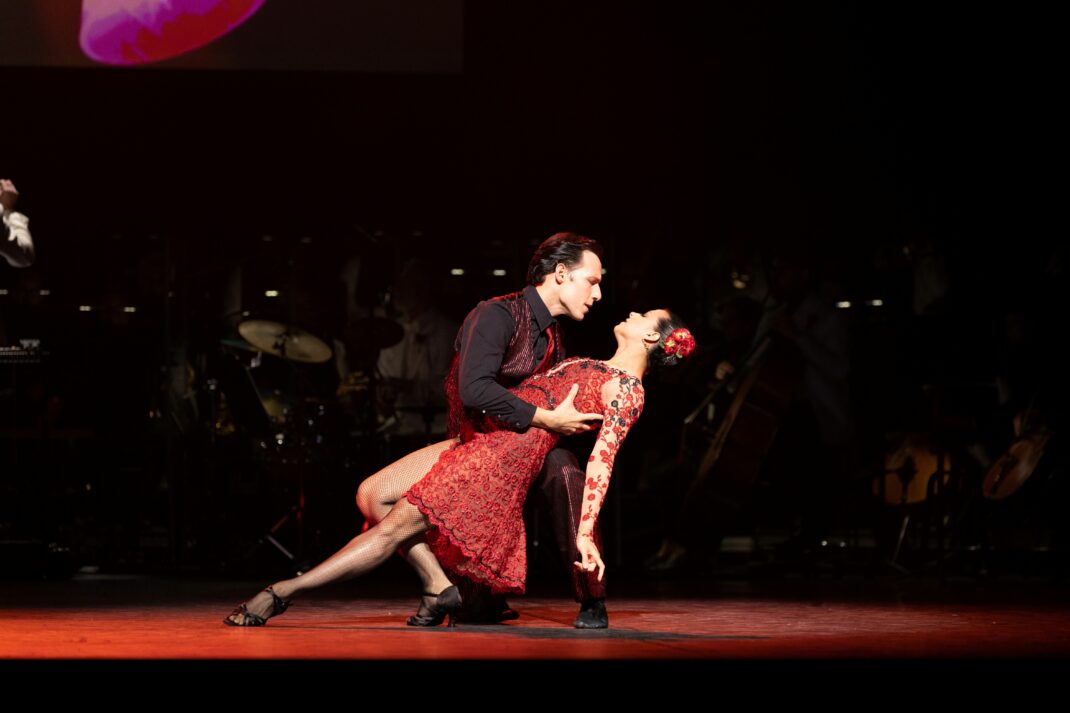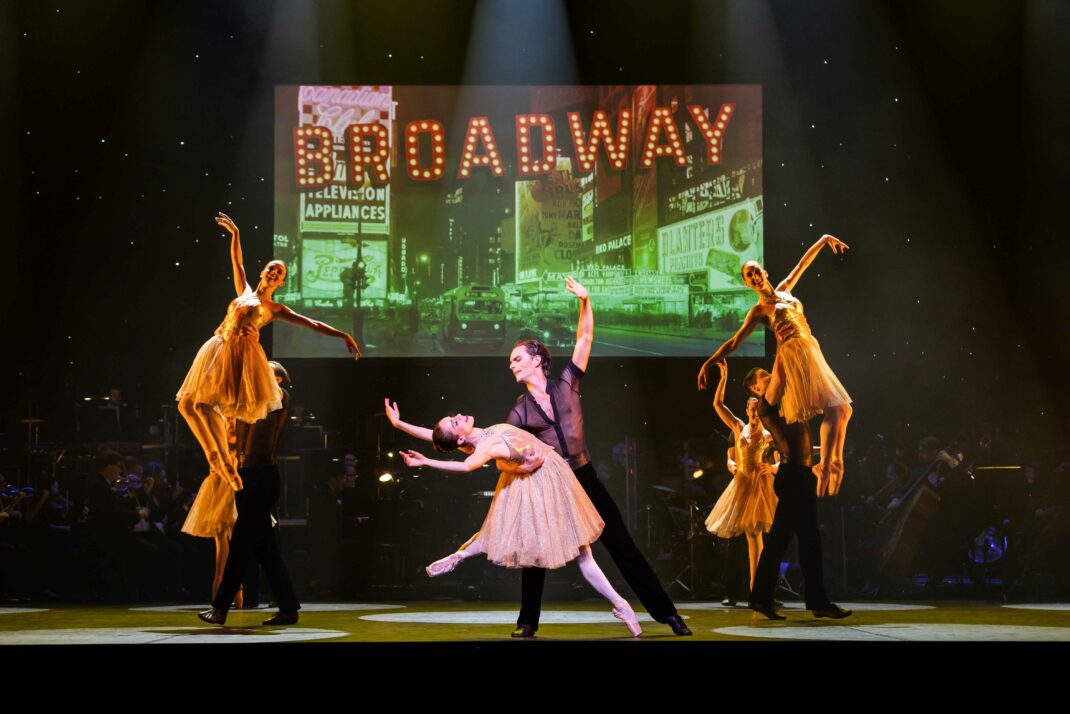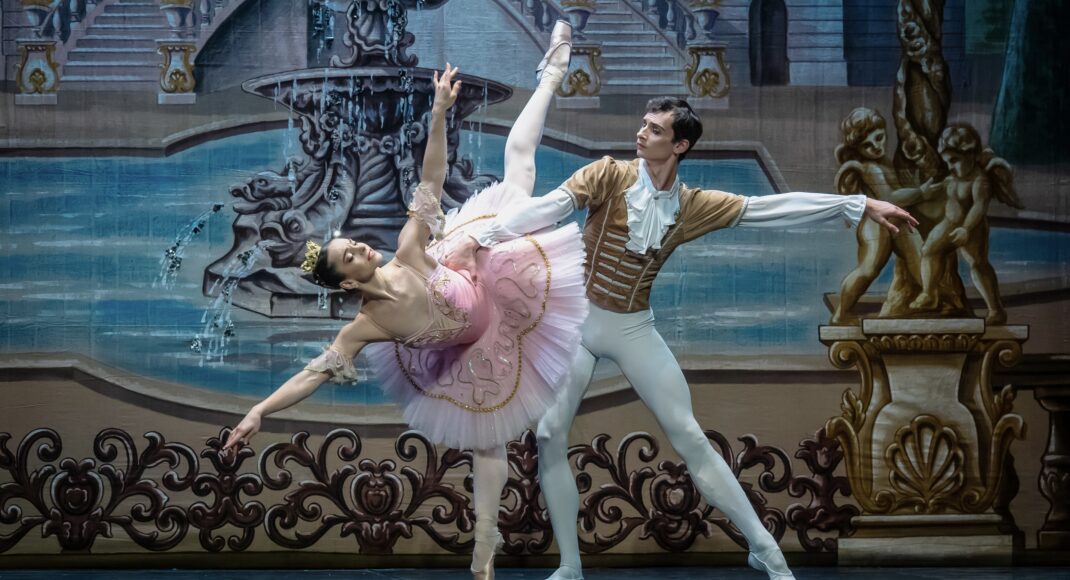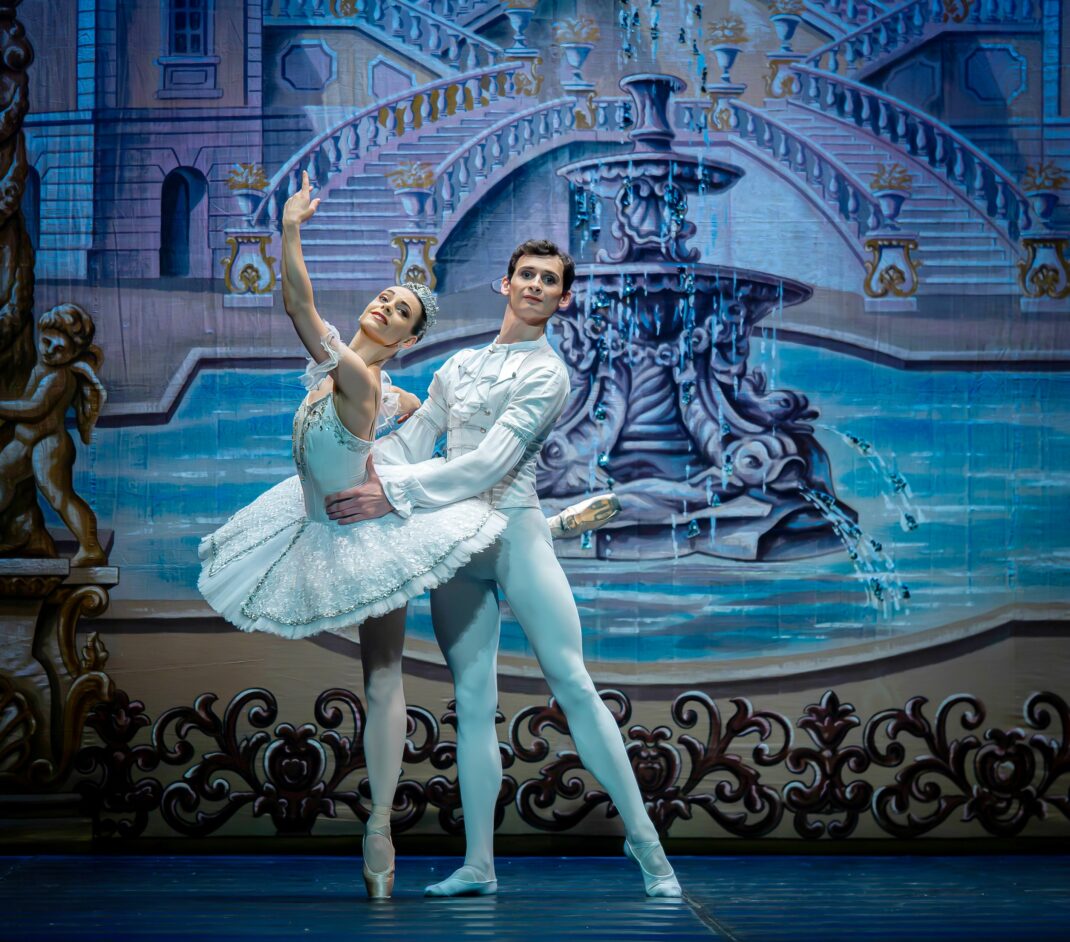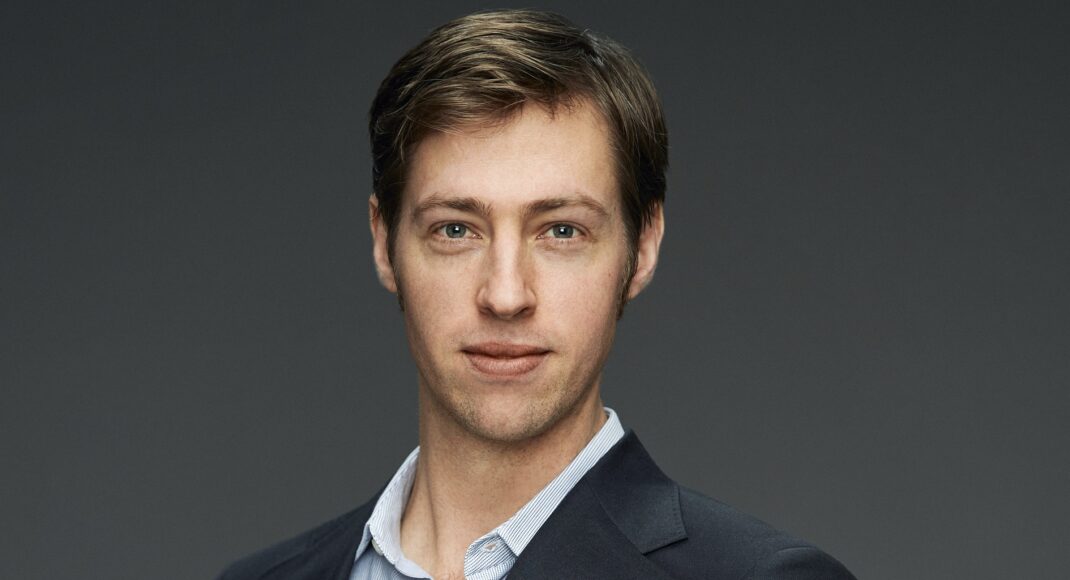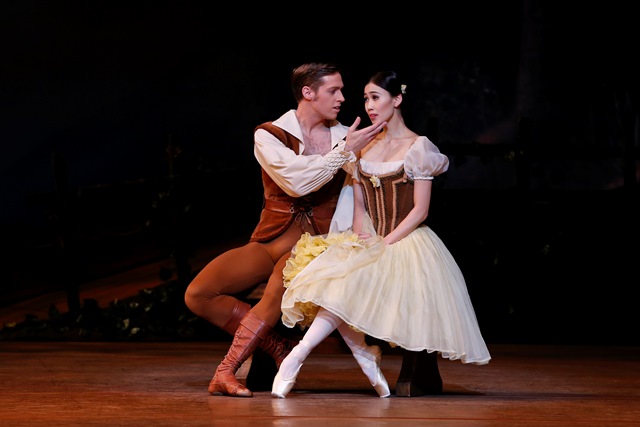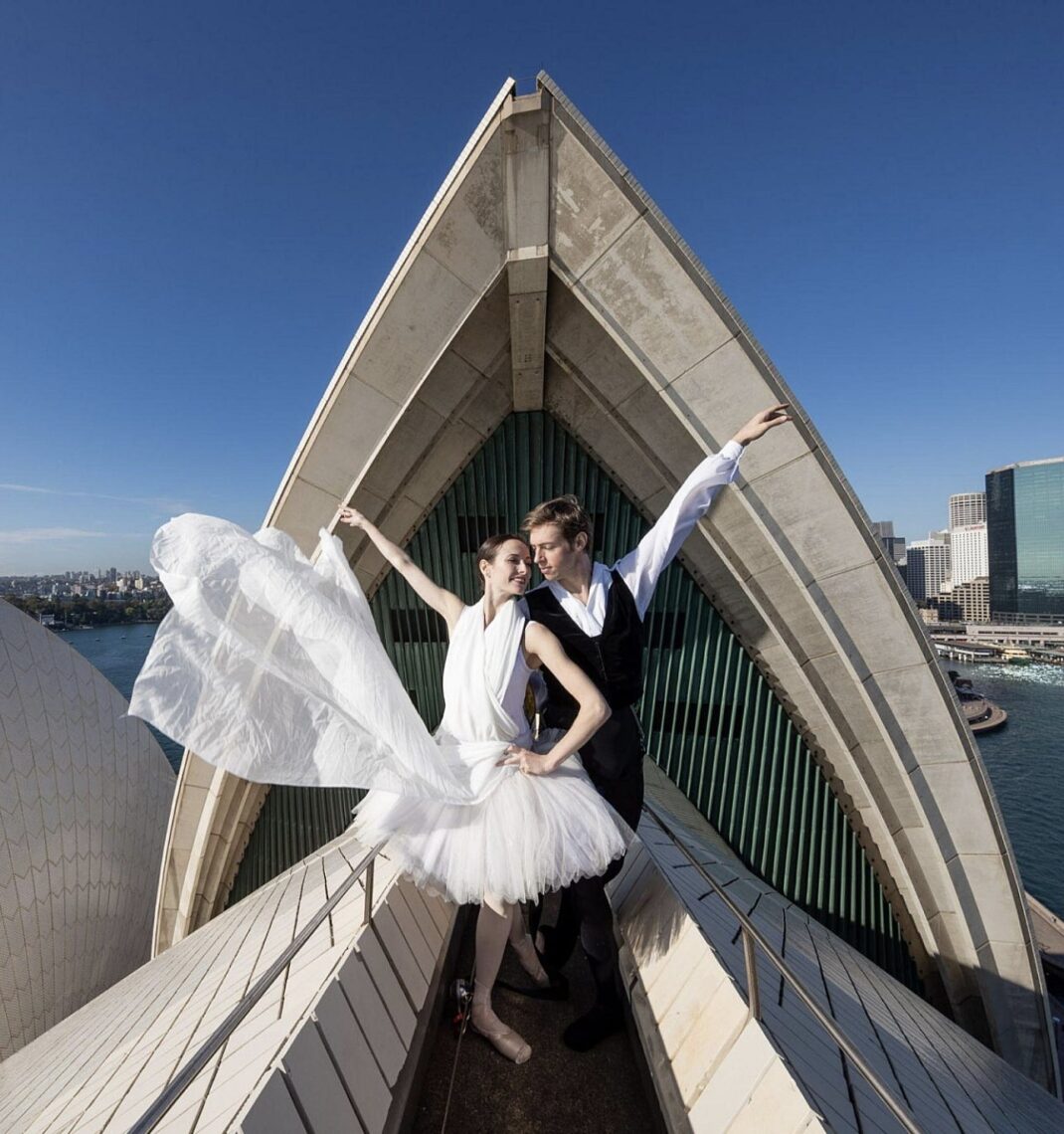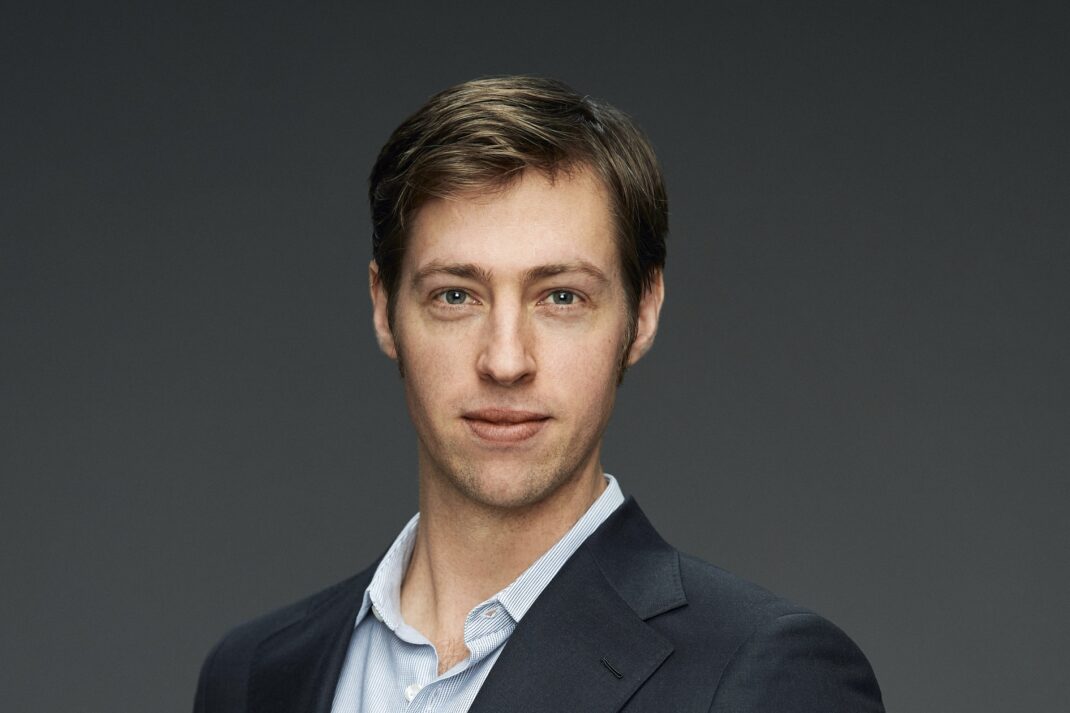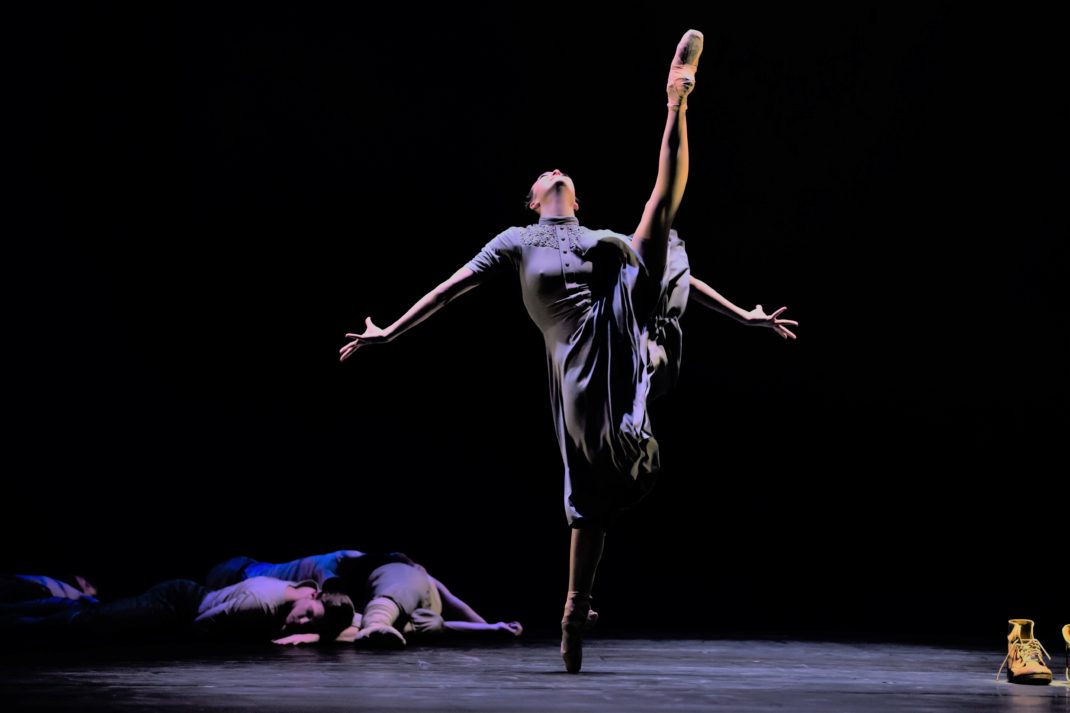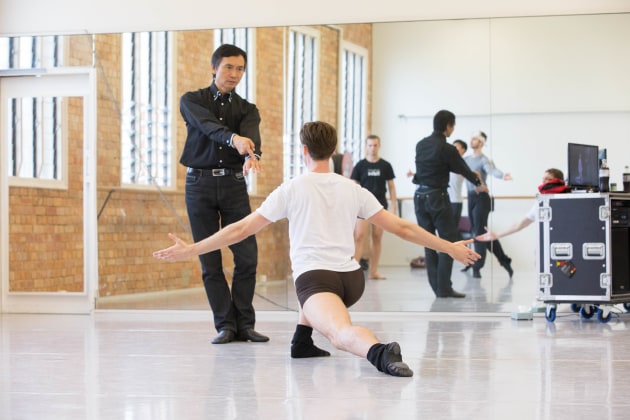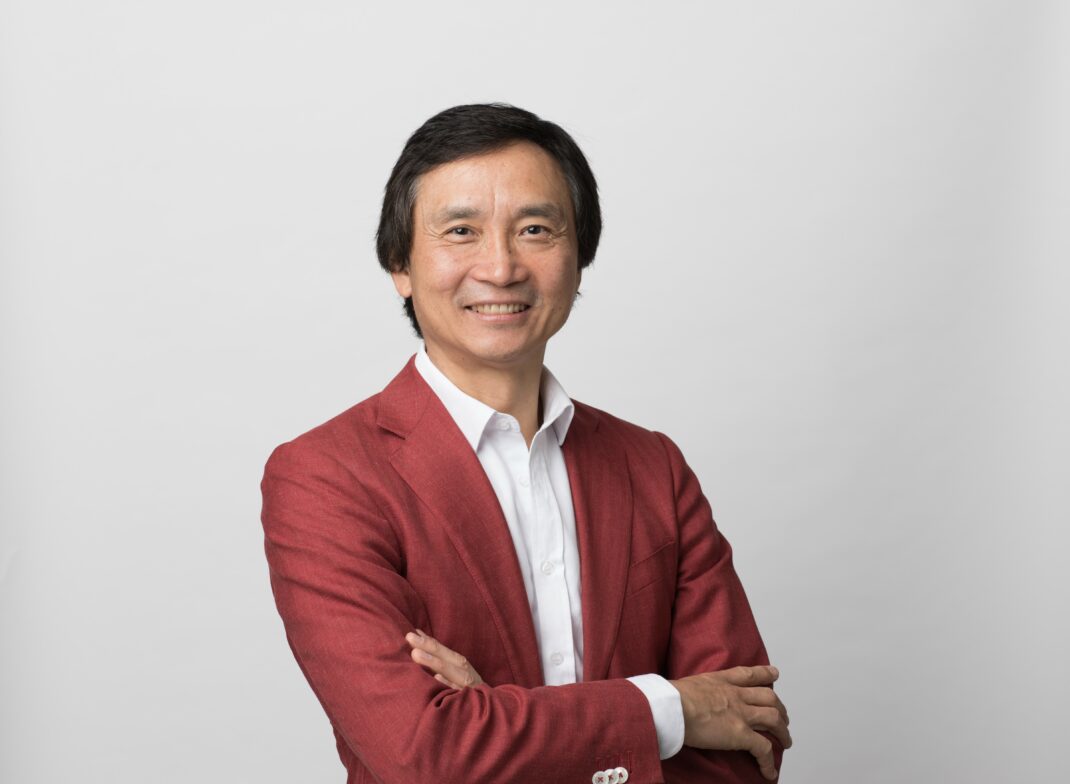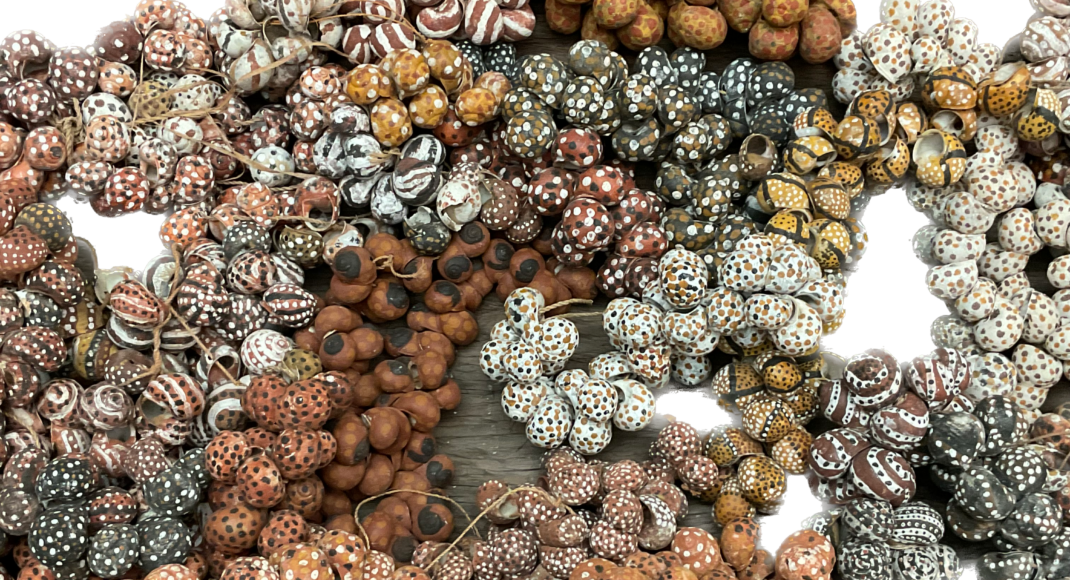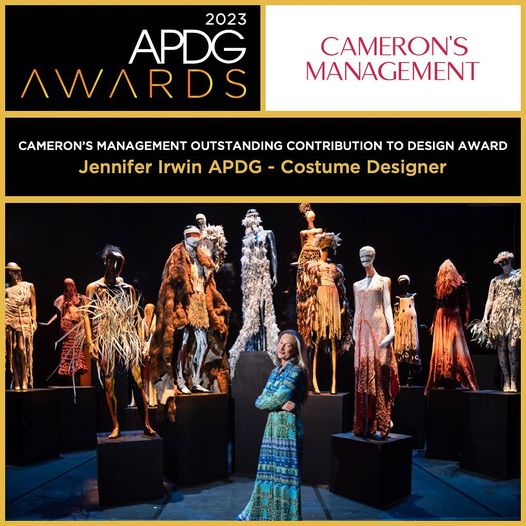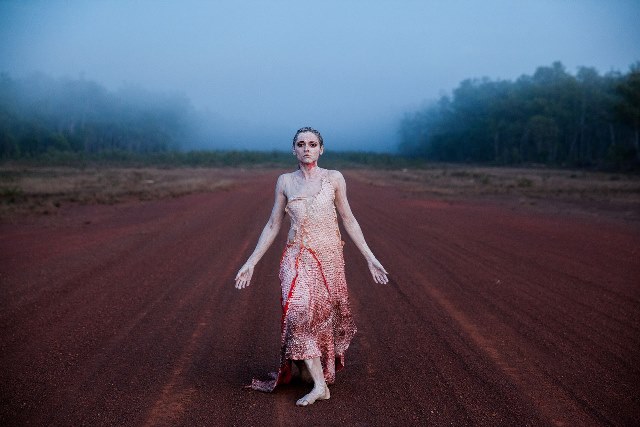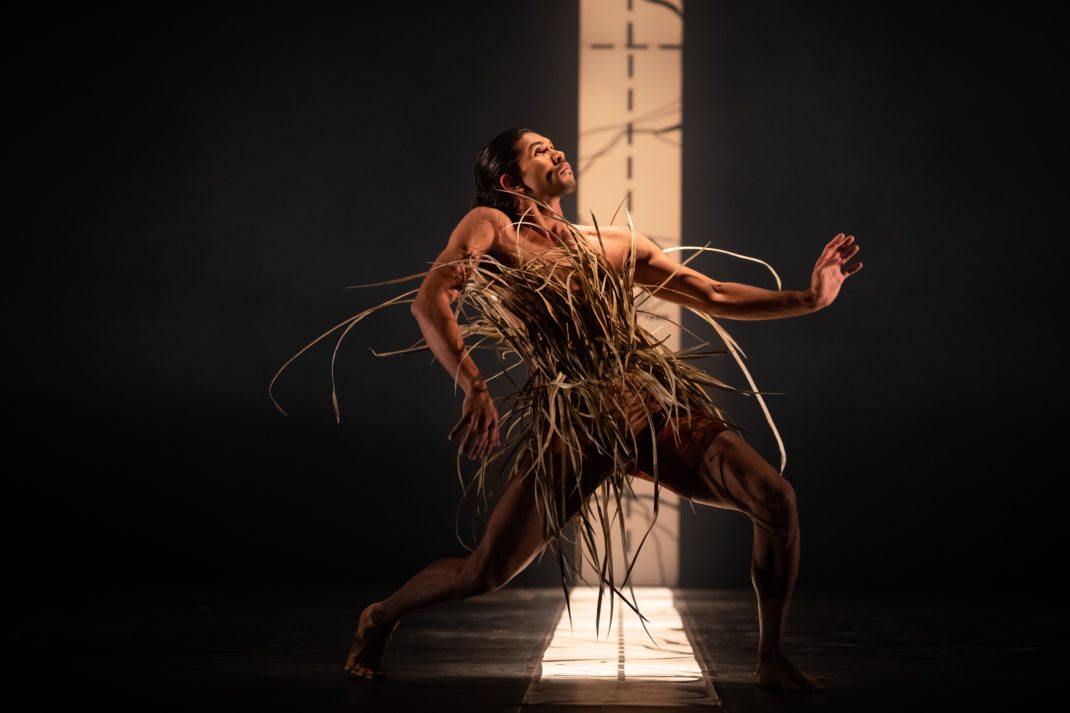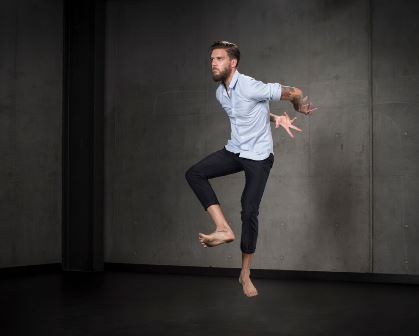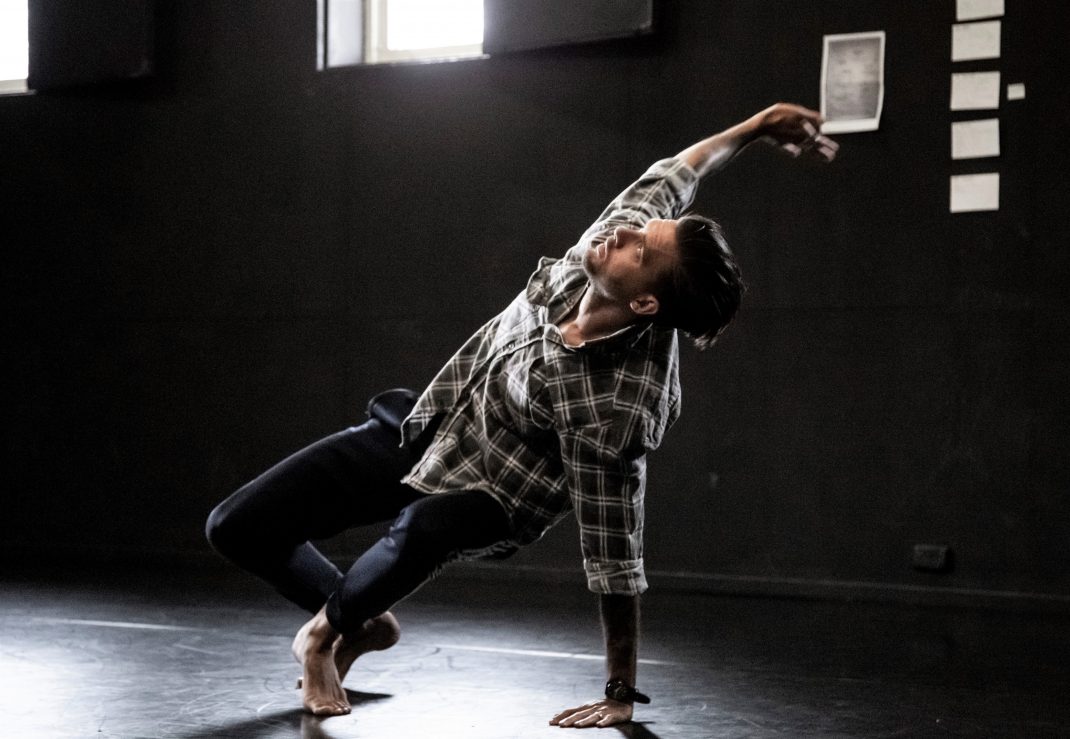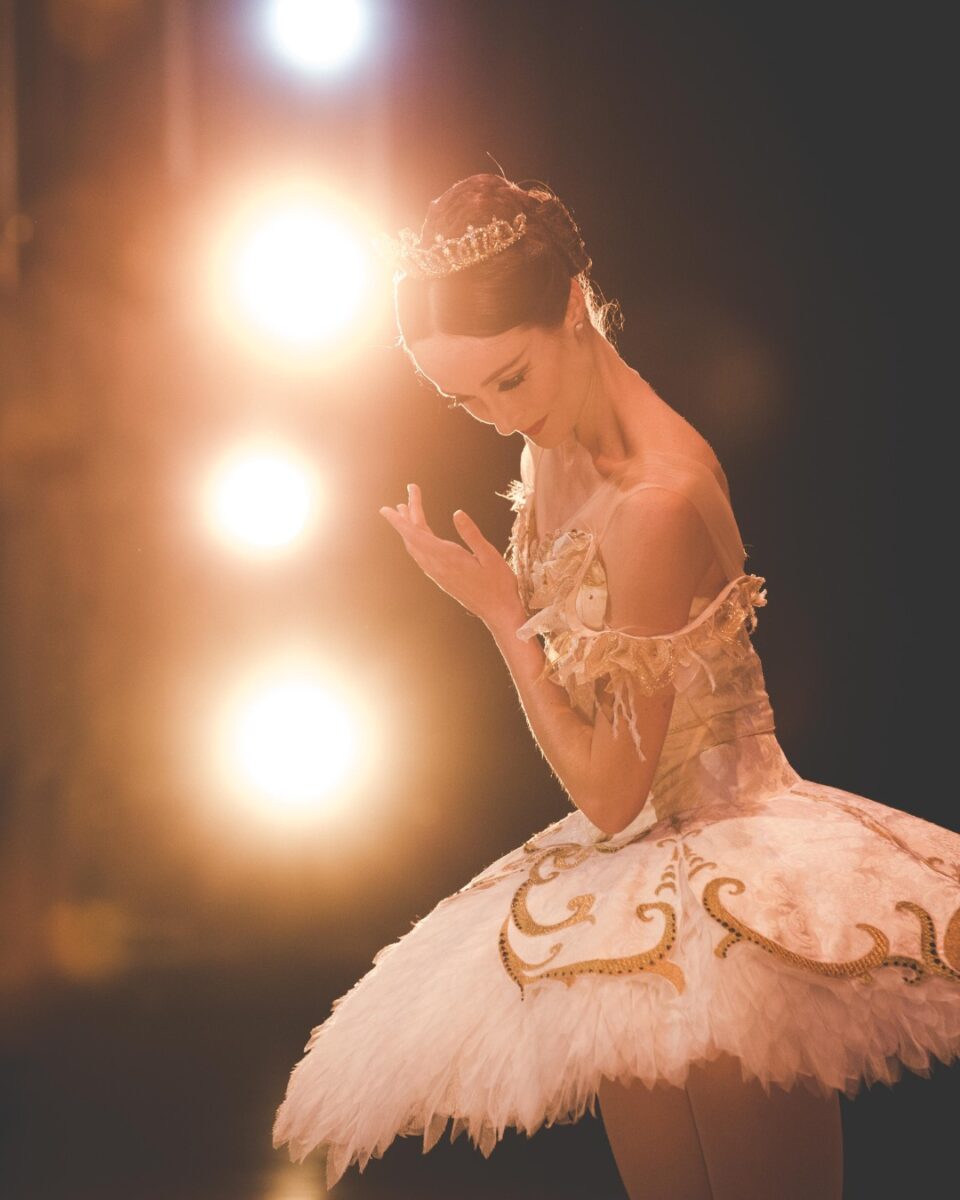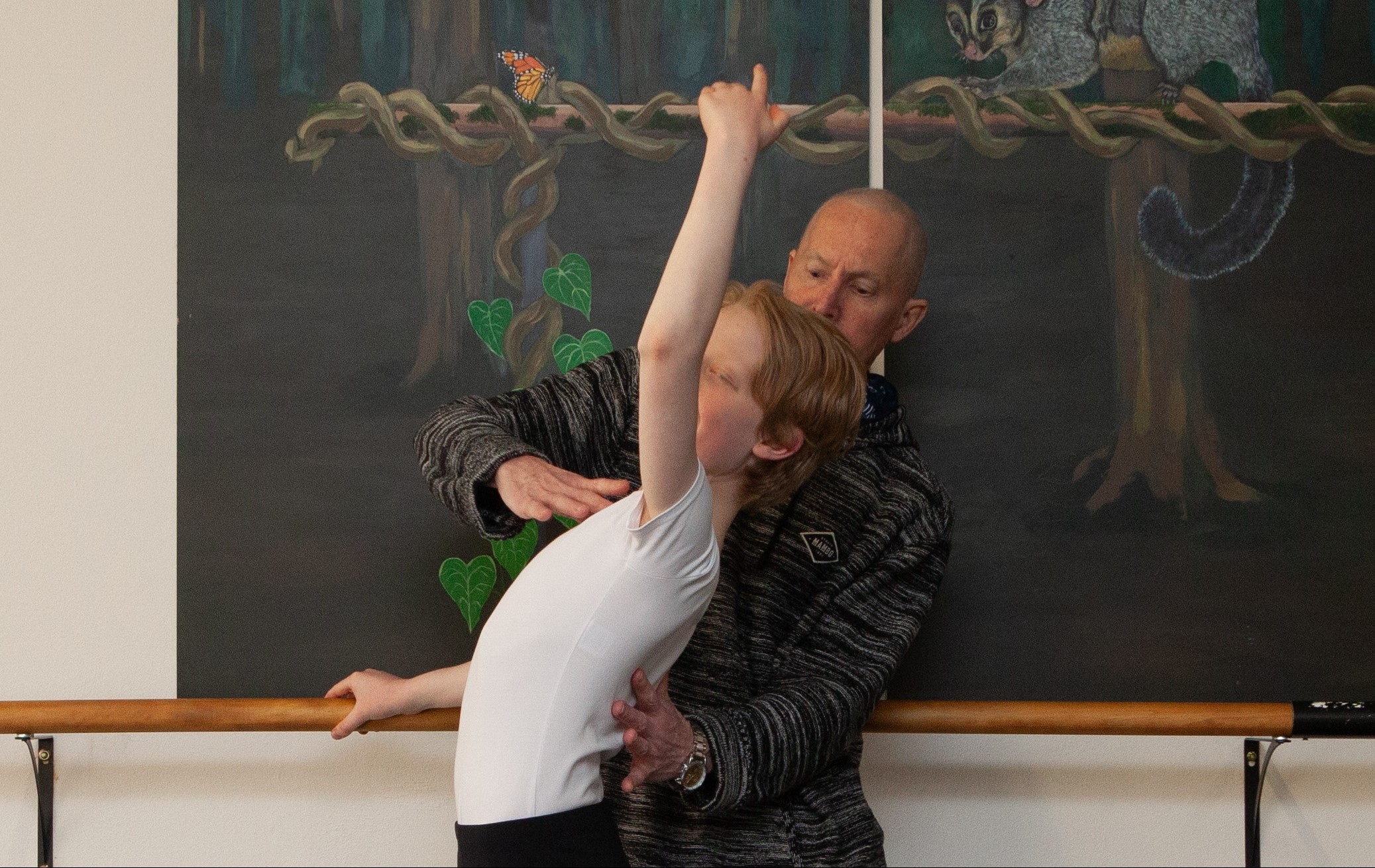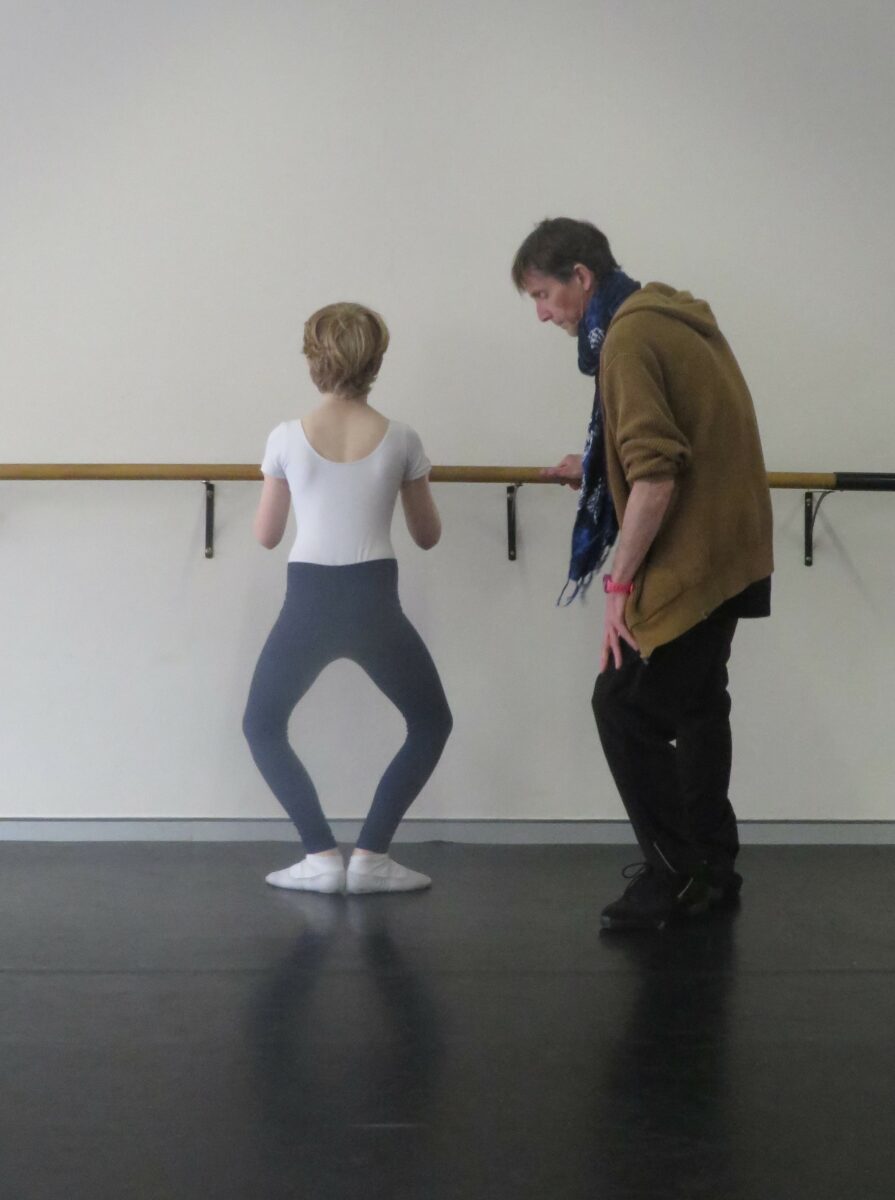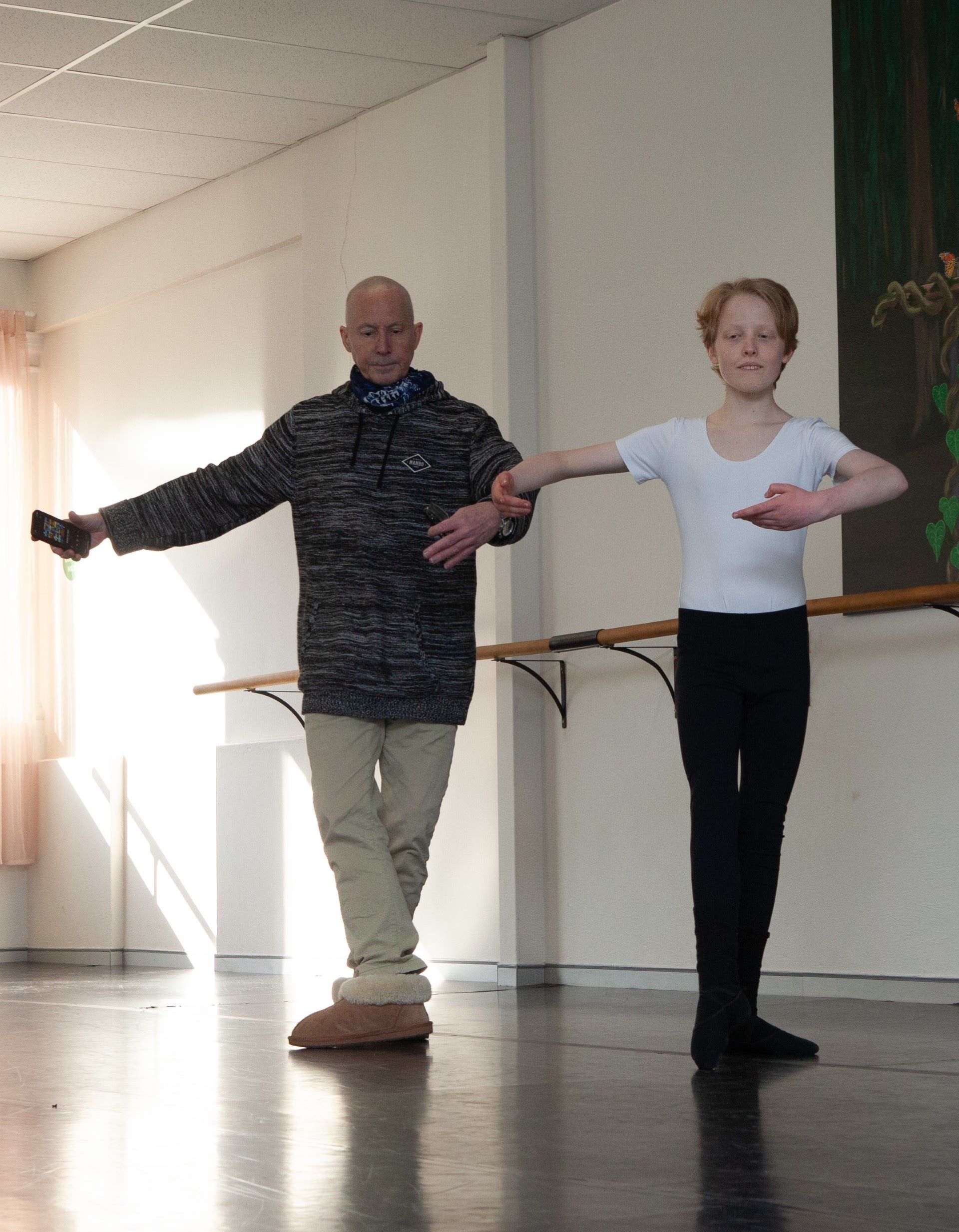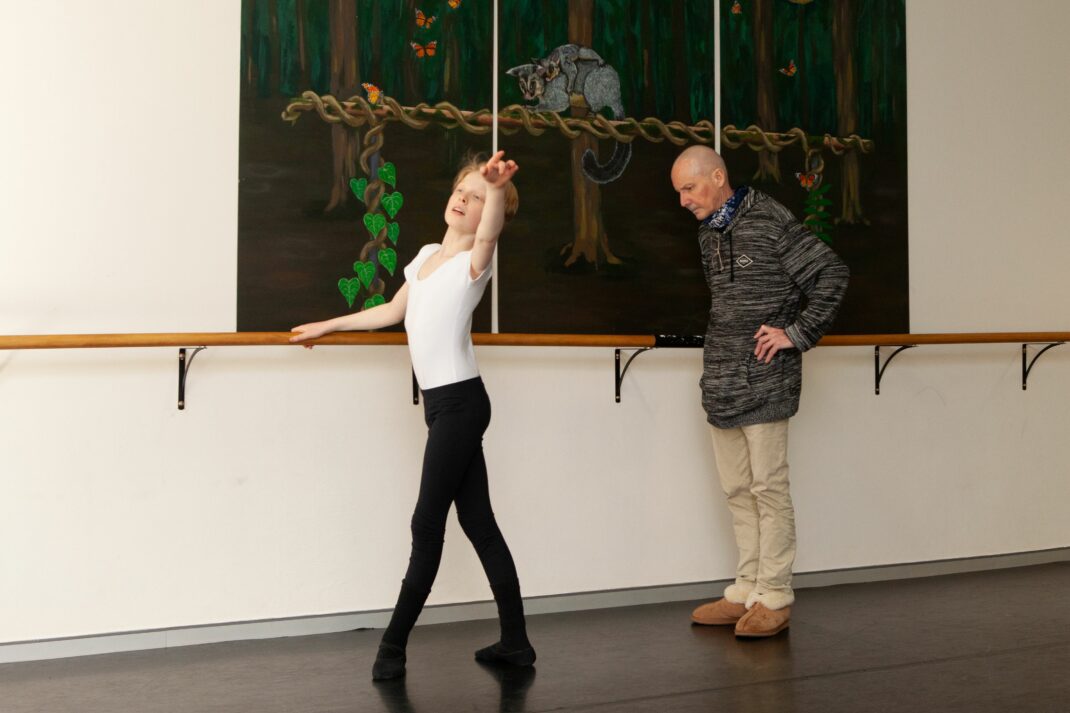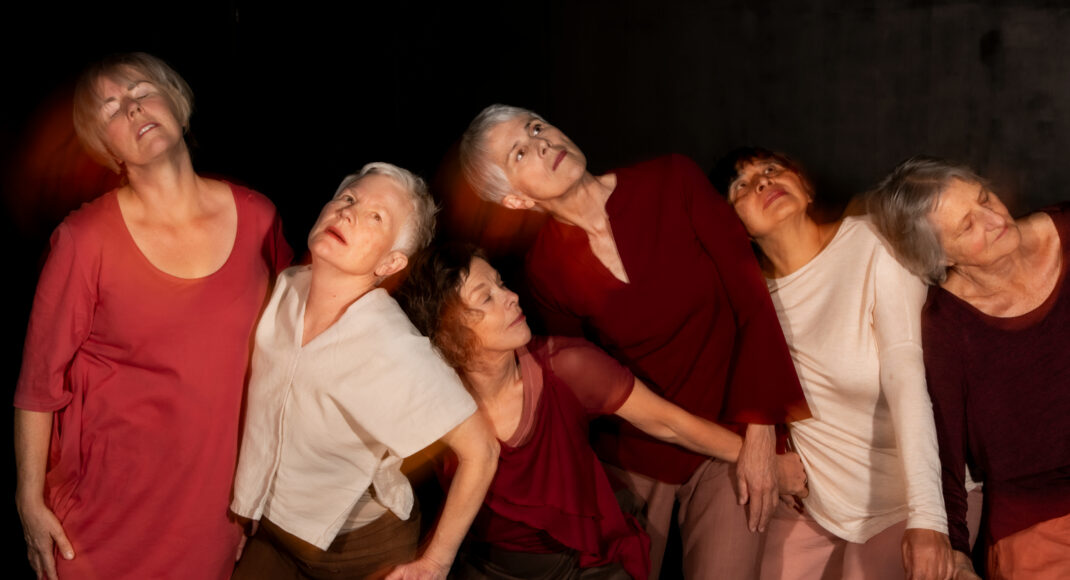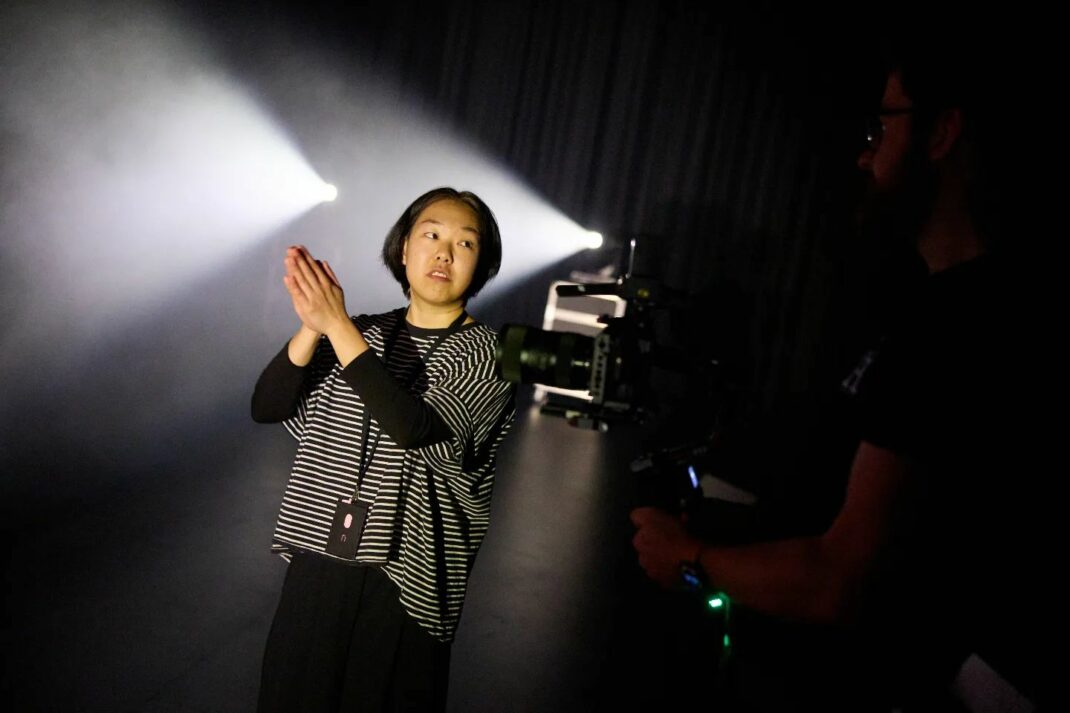13 October 2023. Canberra College Theatre
This review is a slightly expanded version of one that appeared in CBR City News, digital edition, 14 October 2023. The review published there is at this link.
Change is in the air at QL2 Dance, Canberra’s esteemed youth dance organisation. This year’s Chaos Project, an annual event bringing together dancers of various levels of experience, was largely managed by Alice Lee Holland. Holland is currently Associate Artistic Director at QL2 Dance and will take over as Artistic Director in 2024 when longstanding Director Ruth Osborne retires from the role, a position she has held since 1999.
Chaos 2023, produced by Emma Batchelor, had the overarching title of Yummy. It looked at five tastes that we all, or most of us, have experienced in our lives: salt, umami, bitter, acetic and sweet, with each taste represented by a separate segment created by a different choreographer. On the surface it seemed a conceptually difficult topic for dance. How does one dance bitter? Or acetic? But what seemed like a problem was nicely solved with a voice-over, spoken by Liz Lea, that introduced each taste.
Umami, choreographed by Holland, had an interesting spoken introduction that explained the origins of the term and its Japanese origins. But the most engrossing of these spoken sections was that for Acetic. It was highly technical in content and often scarcely understandable to a non-scientific ear. But, when the dancing began, the concept was clearly visible in the movement envisioned by choreographer Patricia Hayes Kavanagh, with the dancers giving their impressions of tasting an acidic item.
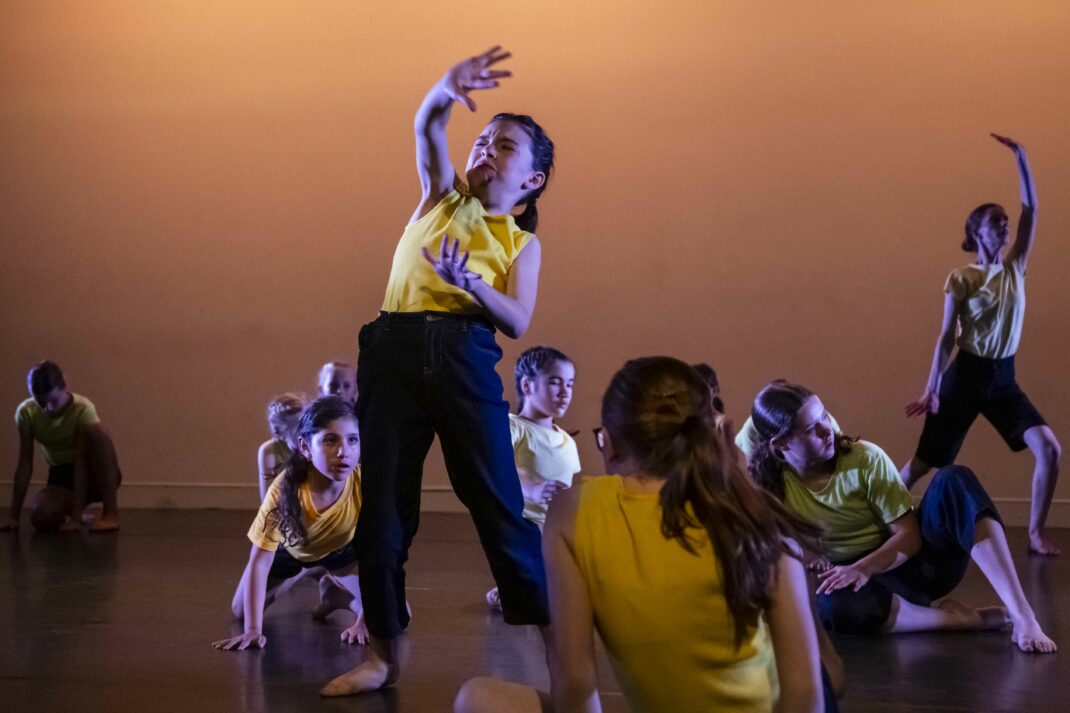
From the point of view of dance technique, the strongest section was Bitter choreographed by Ruth Osborne and performed by eight senior dancers. The use of the stage space was beautifully handled with at times small groups of dancers taking a prominent place, while at others all eight dancers spread across the space, dancing individually.
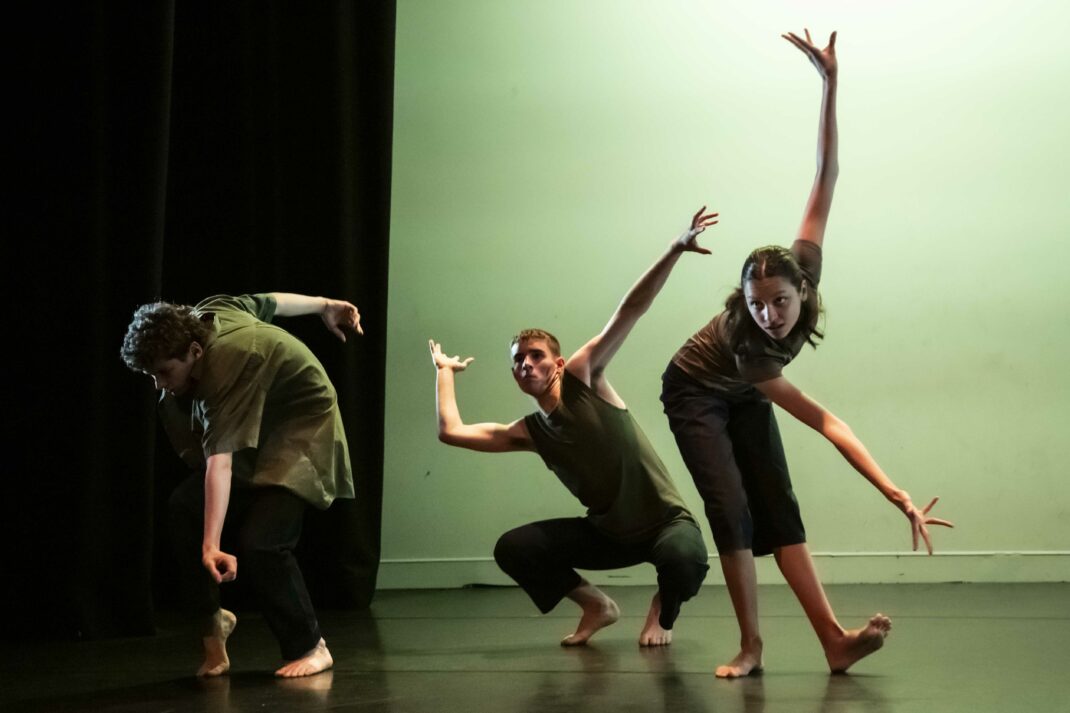
But every section had its high points from the very young dancers who made up most of the cast for A Pinch of Salt choreographed by Olivia Wikner, to the mixed-age group dressed variously in pinkish hues who occasionally drifted off to sleep from an overdose of sugar in Sweet choreographed by Jason Pearce. Sweet had a number of highlights including the sudden appearance of bright pink concentric circles of light that briefly transformed the stage floor (lighting design was by Alice Lee Holland and the choreographers). It also had engaging choreography that often highlighted younger dancers being lifted in various ways by older performers. With A Pinch of Salt I especially enjoyed those moments when a dancer stepped forward to tell us an important fact about salt!
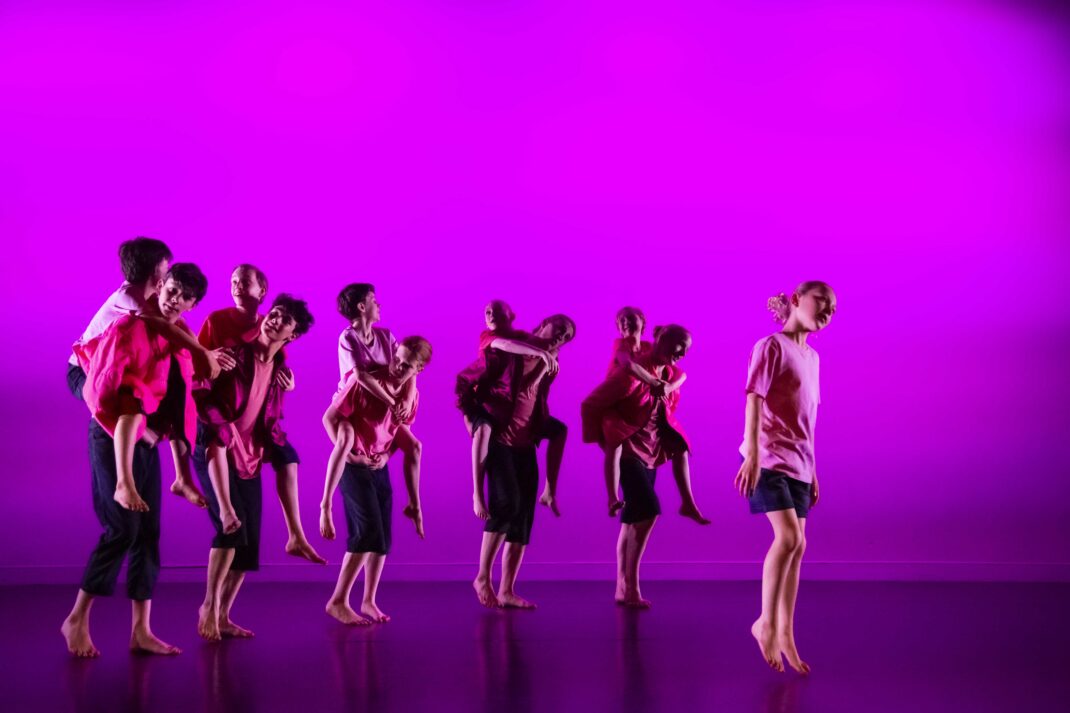
But what of changes in the air? Musically Yummy sounded quite different from previous Chaos events. The diverse selection of music ranged from Vivaldi as recomposed by Max Richter to a selection from the avant-folk group, pigbaby. I also enjoyed the change from one segment to another, which was different on each occasion and included some unexpected moments when Acetic transitioned to Sweet. To my surprise, sugary dancers entered and physically removed acidy dancers from the stage. One such moment even drew a laugh (of surprise and pleasure) when a dancer ran quickly from one side of the stage towards the other and in a flash, almost as he reached the wings, picked up a young dancer, lifted him high into the air and carried him into the wings.
Aspects of the curtain calls were also somewhat new. For the closing moments, all the dancers were costumed alike rather than in the costumes worn for individual segments—costume coordination was by Natalie Wade. There was no issue at all when the dancers came forward in groups to take their bows— recognition of who had appeared in what was instantaneous. That must say something about the standard of the performance!
The Chaos Project has been a longstanding aspect of the QL2 Dance program. It looks set to continue as an event to enjoy as Alice Lee Holland begins her transition from Associate Artistic Director to the leader of QL2 Dance.
Michelle Potter, 14 October 2023
Featured image: The start of the curtain calls for Yummy. Almost a chaos (a purposeful one). Photo: © Lorna Sim
